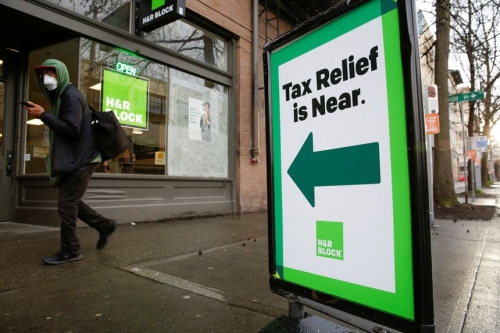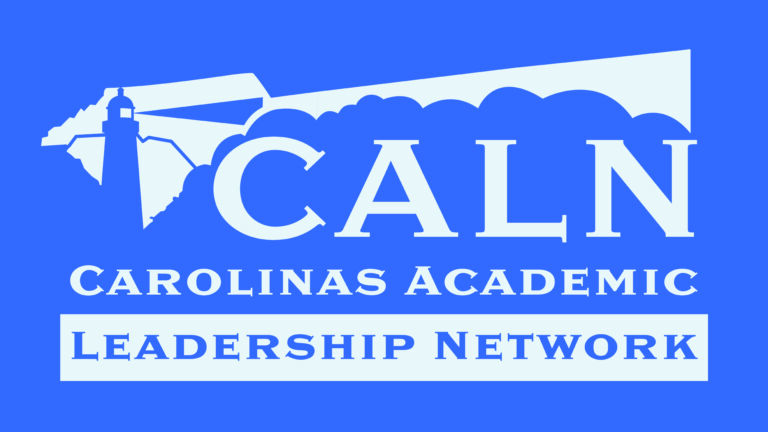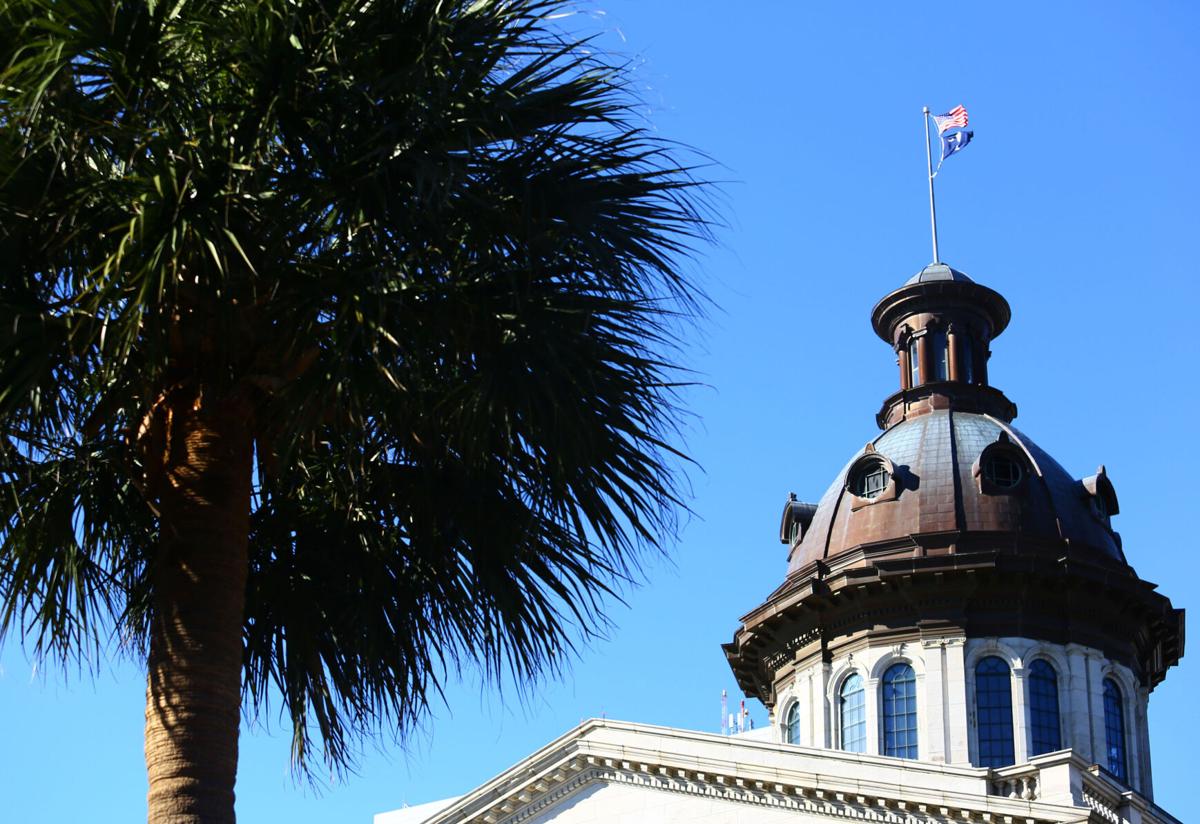The Blue Flu Pandemic
There is a new pandemic spreading in 2021. It is called Blue Flu. The leading symptoms are a penchant for tax raising and aversion to sunlight, the kind of sunlight that comes from being transparent with people trying to recover from a pandemic about how you are adding to their pain.
WASHINGTON
The Biden Administration’s plans to soak practically everyone (and get more Americans on the dole) are well-known and well-documented. Washington progressives have the fever for sure.
Blue states themselves are getting infected. According to new data from the non-partisan National Association of State Budget Officers (NASBO), blue states and their governors have already called for higher: sales taxes (6 states), personal income taxes (8), corporate income taxes (7), alcohol taxes (1), gaming taxes (5), and other taxes and fees (13).
Now, it pains us to report, the Blue Flu pandemic has broken out in the South Carolina Lowcountry!
CHARLESTON
The Charleston County School Board voted last month to pad their 2022 budget by an additional $5 million, which in total represents an additional $32 million from the 2021 budget level. That means taxes will go up on some property owners and businesses in spite of the fact that the district will receive a total of $249 million in federal aid! [This also fails to account for spiking property tax revenues from the hotter than hot Lowcountry real estate market.]
(Some other school districts like Pickens, Orangeburg and Beaufort have raised taxes as well, but some other governments [like Greenville County] couch them as “fees,” which were ruled unconstitutional by the State Supreme Court recently in a bombshell decision with far-reaching consequences.)
STATEHOUSE
At the state level, there was no tax increase in the 2022 budget, and the General Assembly voted to continue property tax relief. The legislature also filled the two Constitutional reserve funds, created a new rainy day fund and pledged to put much of an additional $640 million surge in expected new revenue into savings.
We have always said the South Carolina tends to tighten the belt when it feels poor and spend when it feels rich. The Pew Foundation reported last month that South Carolina was #4 in the country for gains over prior year tax collections at 7.7%. So, you know the drill.
The 2020-2021 budget was frozen at the 2019-2020 budget level (a weird way to get to the two-year budget cycle we have called for in the past). With $525 million in new recurring funds, the state spent its way past pre-pandemic levels. Recurring money went for increases in teacher pay, per-pupil funding, school resource officers and nurses, four-year-old kindergarten, charter schools, rural schools buildings, higher ed building renovation and repair (in return for a tuition freeze), broadband for rural areas, and the Port of Charleston to name a few things.
From non-recurring funds, $152.5 million or so went to 226 earmarks. The Governor vetoed these projects and called for a less arbitrary and more transparent and competitive system for evaluating them. Many legislators in both the Senate and House made the same request. More transparency is possible.
WHOSE MONEY?
Missing from the budget conversations to date is the elephant in the room: giving people back more of their hard-earned money. With the state economy humming again, and federal funds flowing in to cover some infrastructure and COVID recovery needs, it seems like a great time to enact that income tax cut that has been promised for over a decade.
All this means it is a good time to talk about comprehensive tax reform, as Palmetto Promise Institute has been calling for since 2015. North Carolina just passed a $2 billion tax cut that also provides $1 billion in federal COVID aid to businesses. Our Republican majority should do the same.
The taxpayers of South Carolina deserve a tax code that is simpler, fairer, and more likely to generate economic growth. The time is now.







